It’s easy to fall into the trap of not getting exactly what you’ve paid for. While many designers are professionals who guide their clients effectively, some may not provide the full value if the client is unaware of what to expect. This guide aims to help you maximize your logo design project package and ensure you get the most out of your investment.
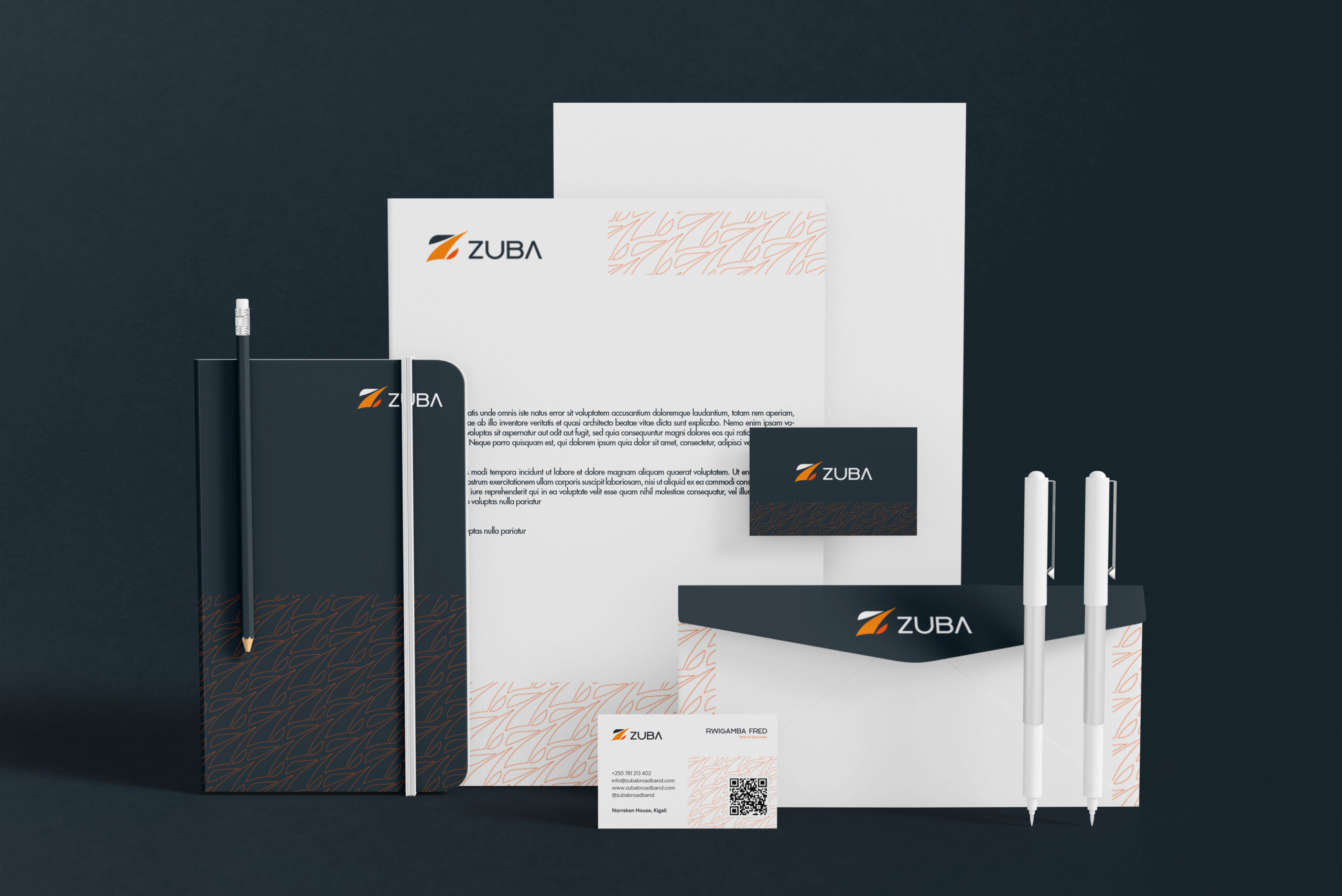
When hiring a logo designer in Rwanda, or anywhere else, clients should expect a comprehensive package that includes various deliverables. These deliverables ensure that the logo and brand identity are consistent, professional, and effective across all mediums. It is also to be noted that high-quality logo design projects come at a cost, reflecting the skill, time, and resources required. Here’s a detailed guide on what to demand from your logo designer while being mindful of your budget and their rates.
Logo Design
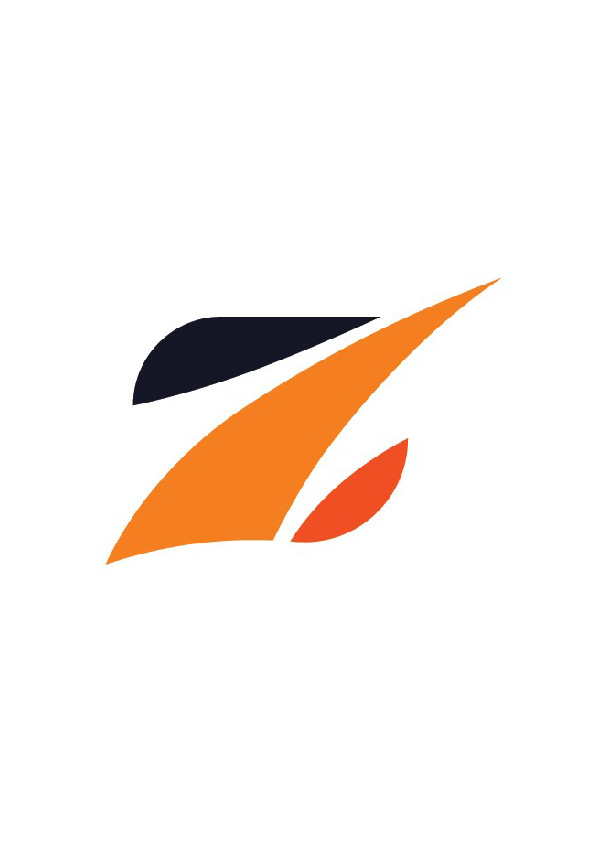
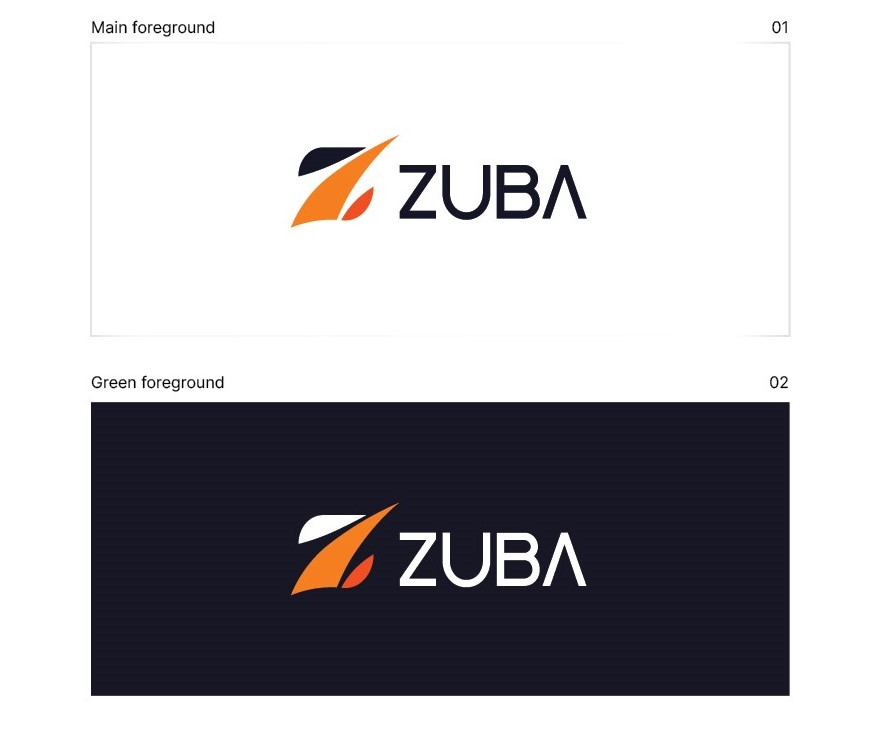
A thorough logo design package should include:
- Primary Logo: The main logo that represents your brand across most platforms.
- Secondary Logo: A variation of the primary logo, used for different layouts or contexts where the primary logo might not fit.
- Icon: A simplified version of the logo, often used for social media profiles, app icons, or other small-scale applications.
Each of these elements should be explained in a logo design presentation, ensuring you understand the rationale behind the design choices.
Color Palette
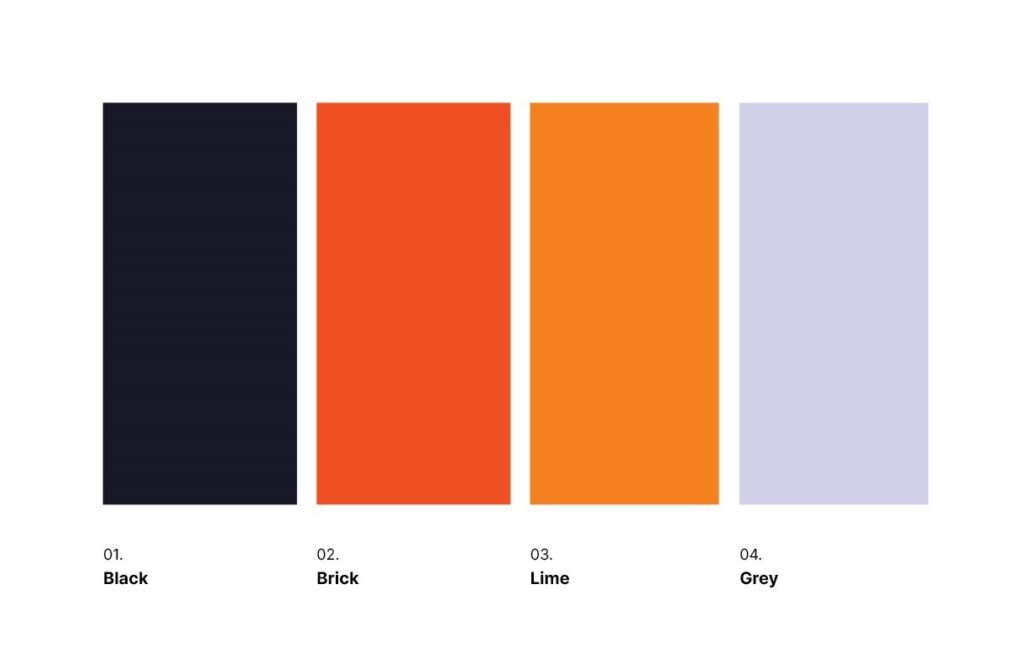
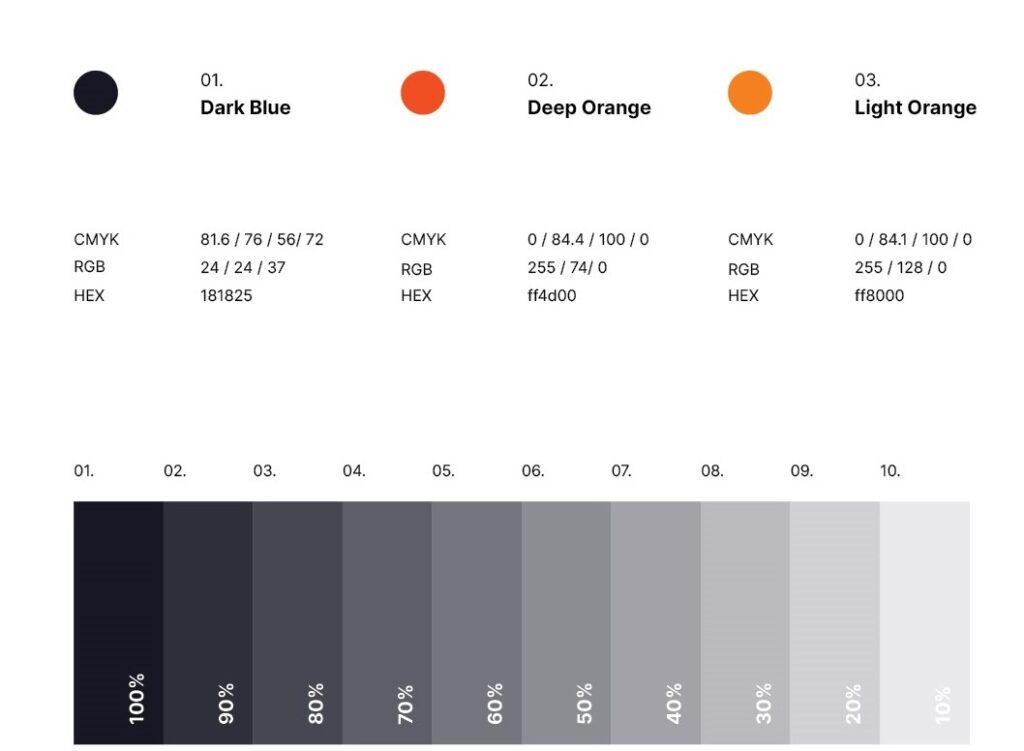
Your designer should provide a document containing:
- Brand Colors: A selection of colors that represent your brand.
- Hex Codes and Pantone Values: The exact color codes for digital and print use. While Pantone values are optional, they ensure color consistency across different mediums.
Typography
The designer should specify the fonts used for your brand:
- Primary Font: Often used for headings. For example, Inter.
- Secondary Font: Typically used for body copy. For instance, Roboto. While it’s not mandatory to have different fonts for every use case, it’s essential that the chosen fonts work well together and represent the brand’s identity.
Brand Guidelines (Style Guide)
A comprehensive style guide includes:
- Usage Instructions: How to use the logos, typography, and imagery correctly.
- Dos and Don’ts: Clear guidelines on what not to do with the brand assets to maintain consistency.
This document ensures that no matter who uses the brand assets, they do so consistently and correctly
Stationery
Basic stationery items are essential for maintaining a professional brand image. These include:
- Business Cards: Essential for networking and professional interactions.
- Letterhead: For official documents and correspondence.
- Envelopes: Branded envelopes for mailing purposes.
- Notebooks: Customized notebooks for internal or promotional use.
Miscellaneous Items
Depending on your needs, you might also require:
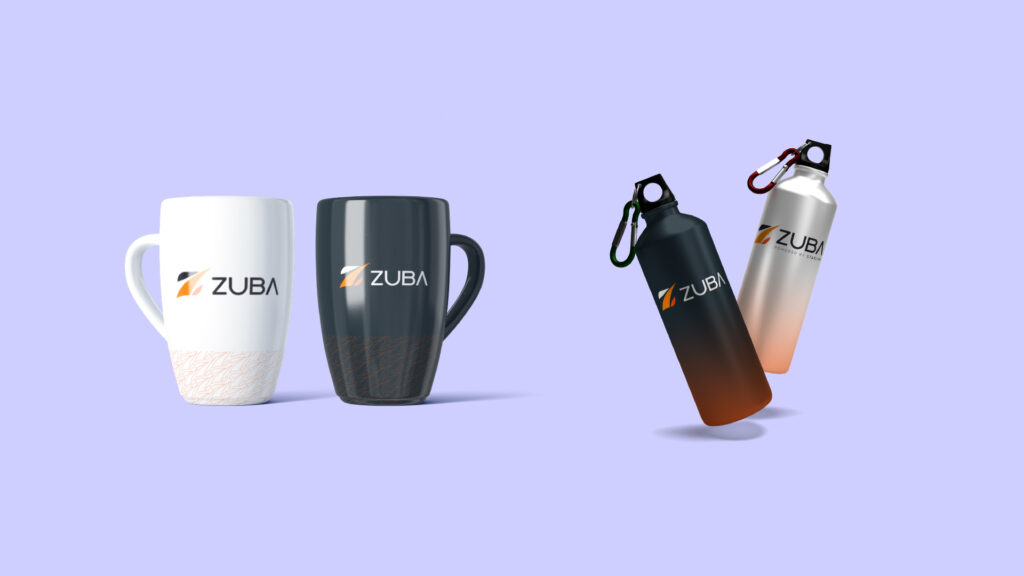
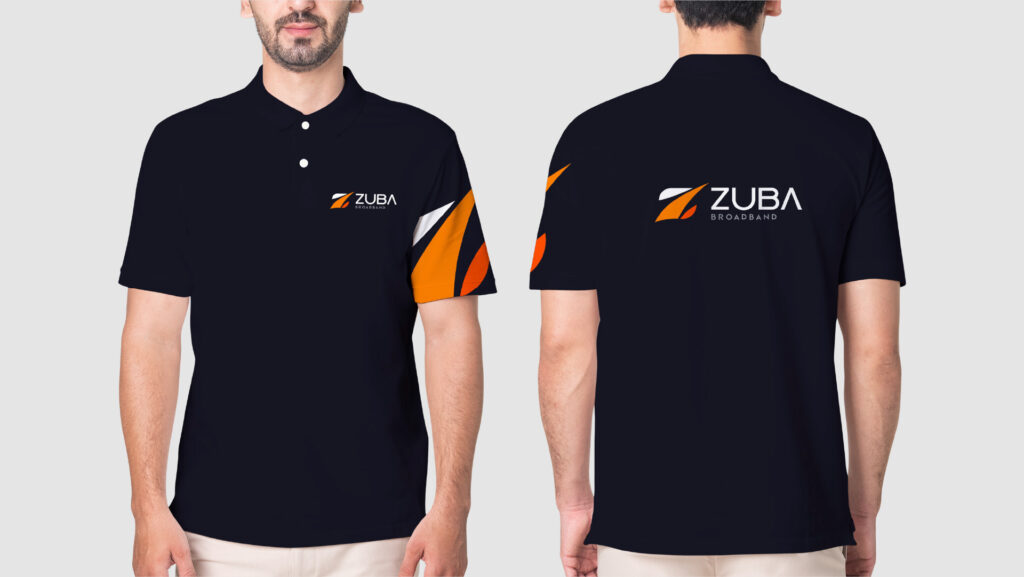
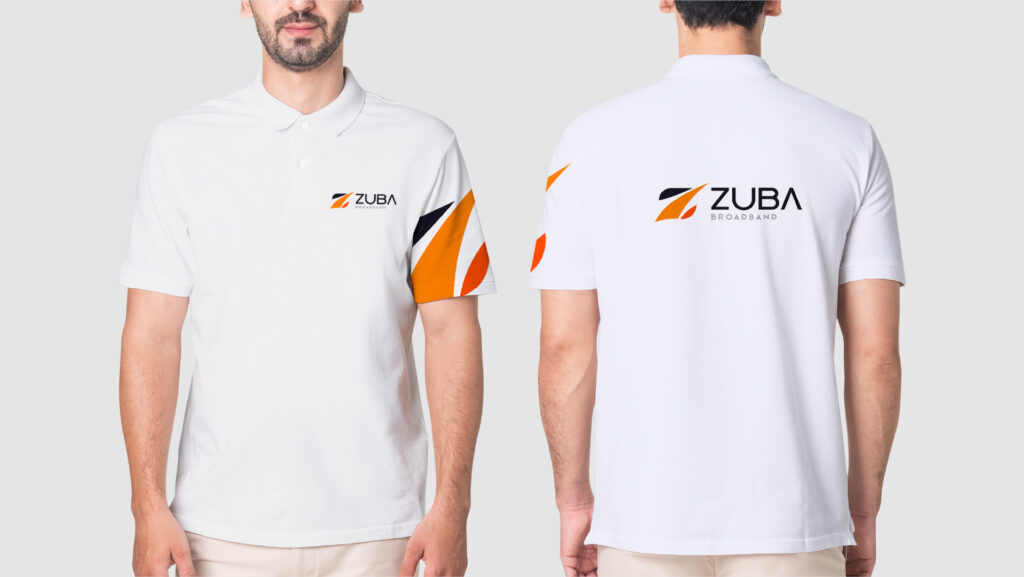
- Branded Merchandise: Designs for t-shirts, mugs, pens, etc.
- Presentation Templates: Branded templates for PowerPoint or other presentation tools.
- Other Collateral: Additional materials such as brochures, flyers, or banners.
Digital Assets
In today’s digital age, it’s Also crucial to have:
- Email Signatures: Branded signatures for professional email communications.
- Social Media Kit: Assets for consistent branding across social media platforms.
- Website Assets or Landing Page: Design elements for your website or specific landing pages. Be sure to clarify these needs with your designer upfront.
File Formats
Last but not least, All deliverables should be organized and provided in:
- Vector Formats: EPS or AI files for scalability.
- Raster Formats: PNG or JPEG files for web use.
These files should be delivered via email or any other preferred method.
